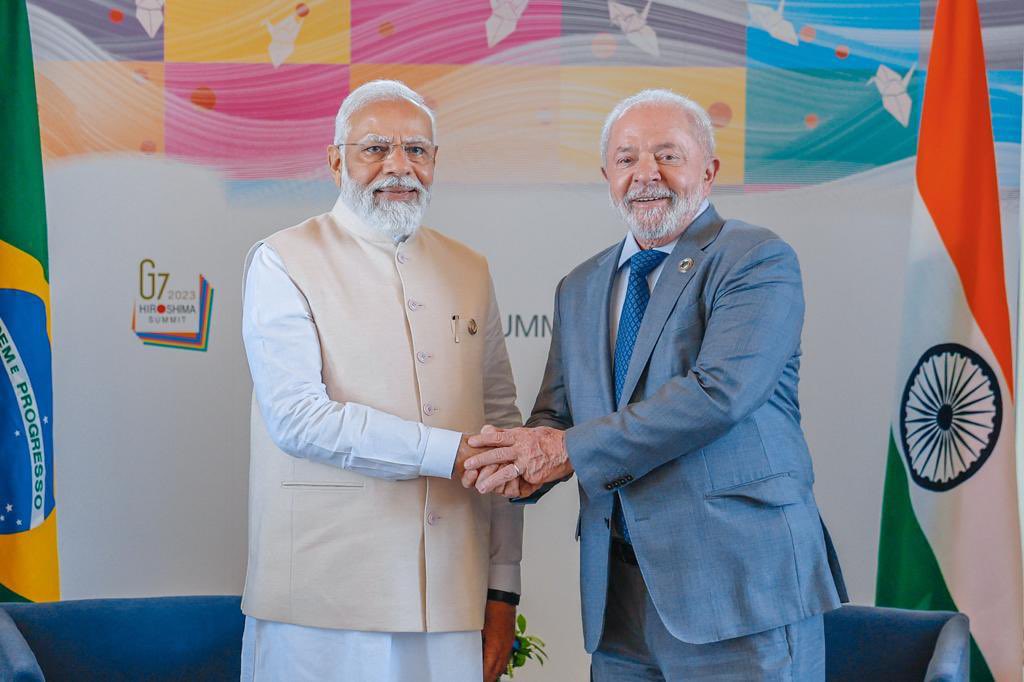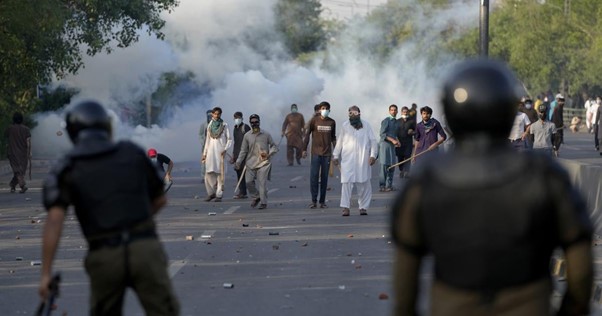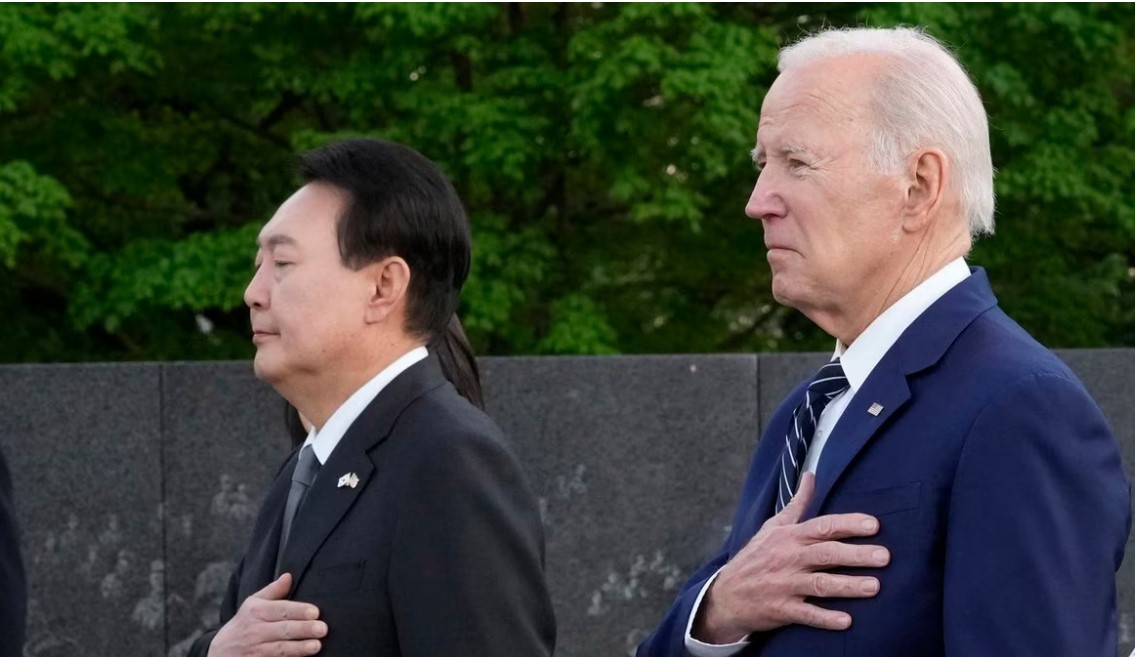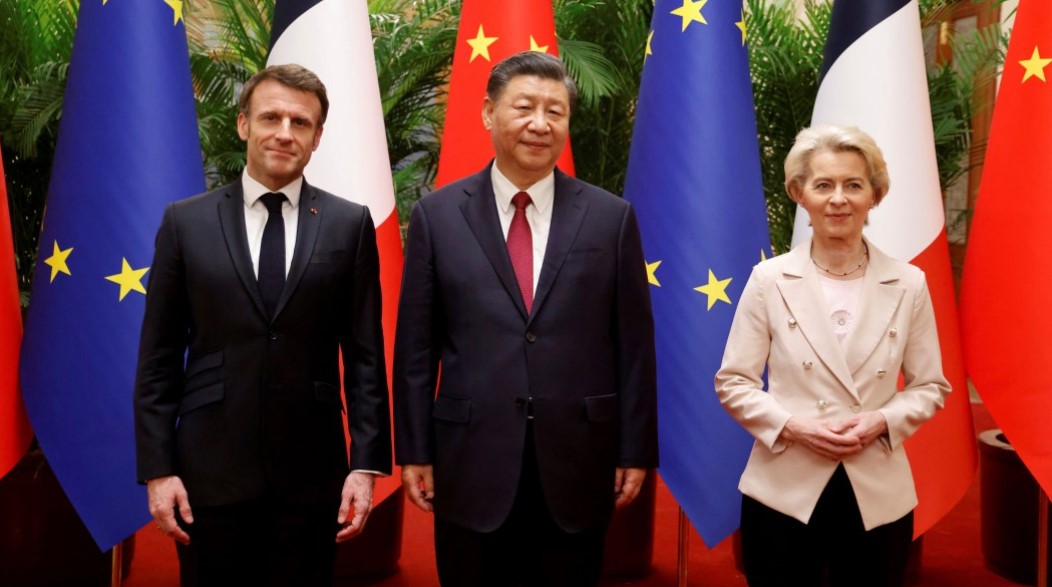Spike in Drug Trafficking Reflecting in Increased Destabilisation Activities
Tue, 11 May 2021 | Reading Time: 4 minutes
In recent times narcotics drug seizures are exponentially increasing across the country. Most enforcement agencies are reporting more detection of clandestine movement of drugs than in the past. Simultaneously, organized internal disturbances, are happening with an increased vigor and long spells of duration.
The United Nations has long time back deciphered the relationship between political instability and organized crime, particularly drug trafficking. In 2004, the High-level Panel on Threats, Challenges and Change argued: One of the core activities of organized criminal groups – “drug trafficking – has major security implications… In some regions, the huge profits generated through this activity even rivals some countries’ GDP, thus threatening State authority, economic development and the rule of law.” This report when read along with the Secretary-General’s report In Larger Freedom, which concludes: “Organized crime contributes to State weakness, impedes economic growth, fuels many civil wars, regularly undermines United Nations peace building efforts and provides financing mechanisms to terrorist groups. missions’ assessment and planning and peace building support.”, we are able to see the internal disturbances happening in our country in a new light.
Two major destabilizing agitations that have occurred in recent times are the Anti-CAA, and Farmers Agitation. Both these agitations caught the government by surprise, as the arrangements, facilities and mobilization, surpassed all previous agitations in organizational capacity, skill of execution, mobilization of human resources, zero financial constraint and massive international publicity. The agitators managed to acquire an institutional identity of their own by enforcing prolonged blockade on arterial roads, and unimpeded territorial control. What was more baffling was the uninterrupted supply of high-quality food and beverages for consumption by the so-called agitators. Money was never in short supply at any point of time to fund the agitations and keep it ongoing indefinitely. The aim of the agitators was to shake public confidence in the government, so as to be penalized at the polls. The agitations had an ulterior design, a serious attempt to cause a downward spiral in governance that could be extremely challenging to reverse. However, there was no immediate threat to topple the state, but the agitators wanted to provoke a violent reaction that could engulf the entire nation into a revolt like situation. Another successor agitation, the so-called Farmers Agitation, has been taken to the next level in terms of exceptional organizing ability, skill, logistics and show of impunity. The idea was to project a facade of popular discontent against the ruling political party, which was dutifully picked up by a biased national and international media, which led a sustained campaign in favour of the agitators. The threat of renewed agitations and violence remains, as presently, the COVID pandemic, has put a spoke in their wheels. The funding of these agitations have given rise to much speculation in various quarters, as the financial resources needed to influence the media and for the overall conduct of the agitations should have been exorbitant. But where did these funds come from?
The routine suspect sources are foreign funding, Hawala funding, and black money circulating in the economy. To an astute observer of these agitations, it will be apparent that the organisers never had any dearth of funds at any point of time in prolonging the agitation. Such lavish funding, is as of now, possible, only through drug-trafficking.
During the past one year there has been a spate of seizures of Cannabis in quantities upwards of 500 kgs. In June 2020, about 1,904 kg of cannabis was seized from Bastar. In July, 886 kg was seized. A 1,655 kg haul was reported from Bihar and Jharkhand in mid-July; 619 kg haul in Haryana’s Palwal and 868 kg caught in Pune city. 234 kg seizure was reported from Chittorgarh, Rajasthan. 1,065 kg seizure was reported from Odisha’s Gajapati district.
A worrisome development was the seizure by the Indian Navy, in April 2021, of 300 kgs of narcotic substances, valued at approximately Rs.1750 crores. Preliminary reports suggest that the consignment originated from the Makran coast, Baluchistan. Transnational drug trafficking, using maritime routes is increasing and should be a cause of deep concern, as also airport and land seizures.
Who is funding such massive volumes of drugs into India and for what purpose? It is obvious that motivated agitations are being lavishly bankrolled by unidentified sources who are not defined. Their capacity to engage in bulk transactions indicates that their success rate is high. The greatest danger posed by drugs are their enormous value compared to that of local economies. This allows traffickers to penetrate to any segment they desire and finance any disruptive activity which they choose to. Prolonged instability can keep the economy from growing. Successive prolonged agitations on highways leading to the Capital New Delhi is planned and designed to cause socio-economic instability and loss of image in international forums. As the drug trafficking increases, it intensifies the destabilizing effect. It is also possible for the drug traffickers to use the congregated mass of humanity to be an effective smoke screen to transport drugs into the Capital. Another unfortunate emerging dangerous trend is the thwarting of investigations by central agencies by State governments. The State Police is being pitted against Central Enforcement Agencies, which has hitherto not happened. While States and Centre squabble about their powers and jurisdictions and create roadblocks, investigations take a backseat. This extreme leverage will allow all kinds of traffickers to operate with very little resistance from enforcement agencies. The central government needs to take a re look to augment and supplement rules and laws, so that dedicated enforcement is not undermined.
By
Dr G Shreekumar Menon, IRS (Rtd) Ph. D (Narcotics),
Former Director General
National Academy of Customs Indirect Taxes and Narcotics,
& Multi-Disciplinary School of Economic Intelligence India,
Fellow, James Martin Centre for Non-Proliferation Studies, Monterey, USA.
Disclaimer
The opinions expressed in this article are the author’s own and do not reflect the views of Chanakya Forum. All information provided in this article including timeliness, completeness, accuracy, suitability or validity of information referenced therein, is the sole responsibility of the author. www.chanakyaforum.com does not assume any responsibility for the same.
Chanakya Forum is now on . Click here to join our channel (@ChanakyaForum) and stay updated with the latest headlines and articles.
Important
We work round the clock to bring you the finest articles and updates from around the world. There is a team that works tirelessly to ensure that you have a seamless reading experience. But all this costs money. Please support us so that we keep doing what we do best. Happy Reading
Support Us




















POST COMMENTS (4)
foegecy
Remani Gopinath
A T PANNEERSELVAM
girish